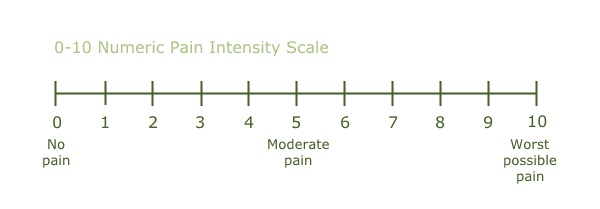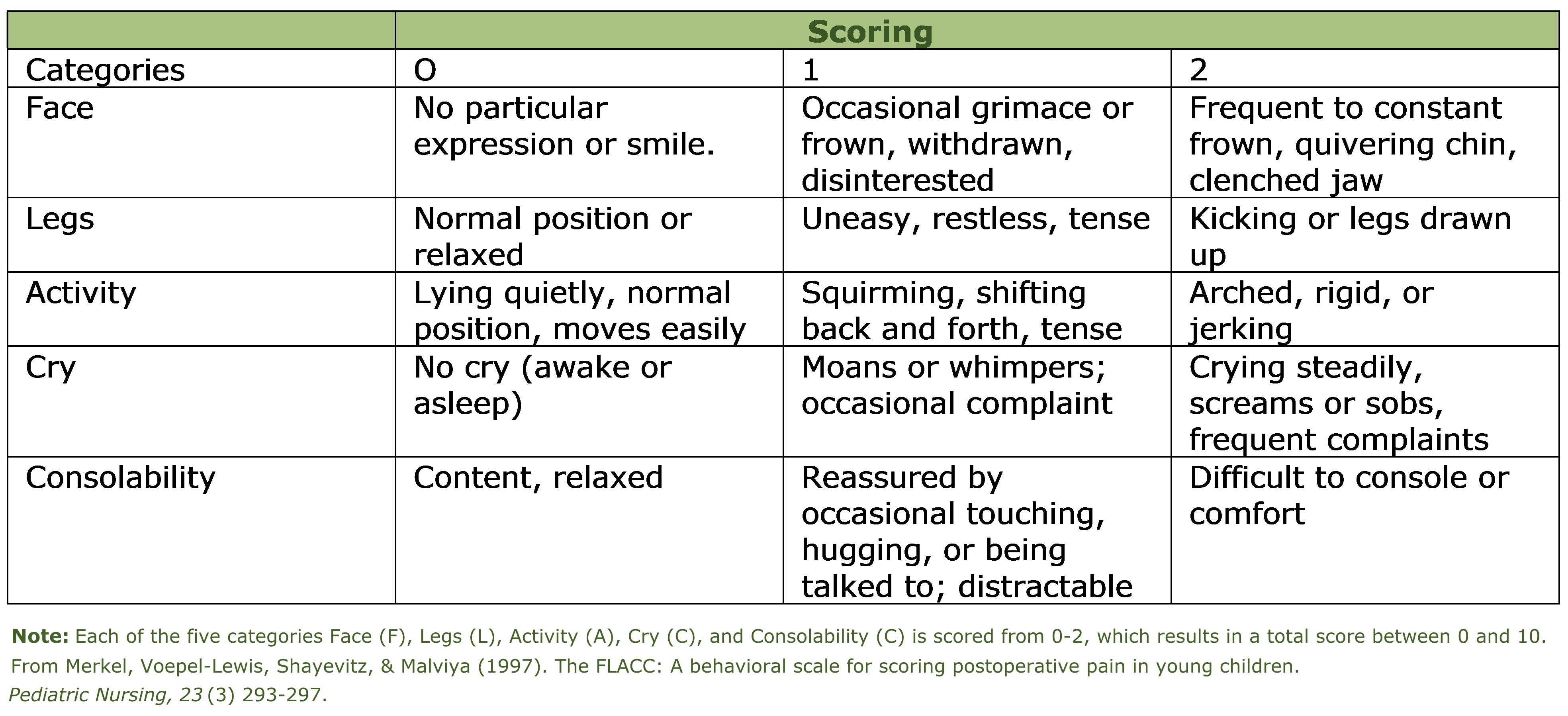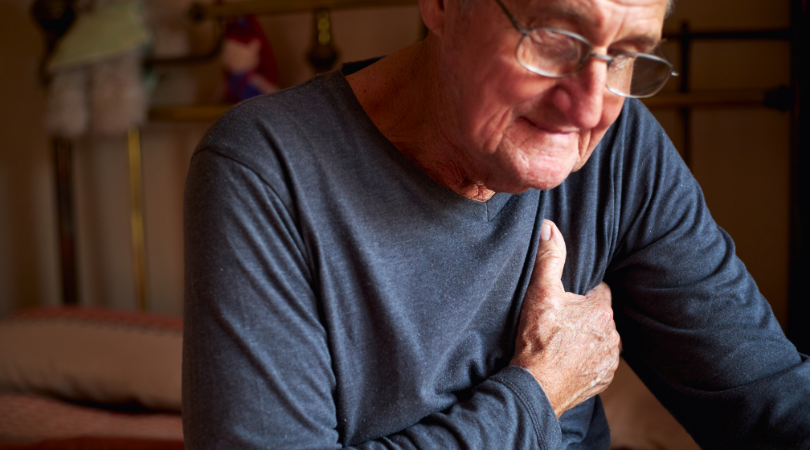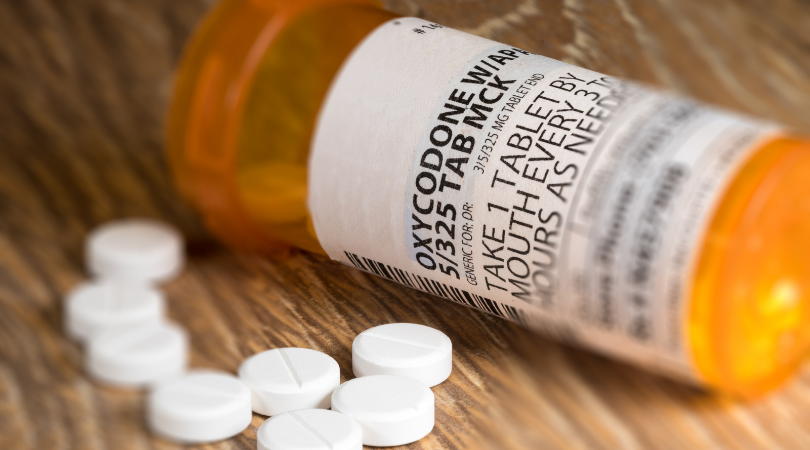All You Need to Know About Hospice Pain Management

When faced with a serious illness, patients are accustomed to seeking out the support of a specialist. Facing heart disease, patients want a well-trained cardiologist by their side. When diagnosing a particular type of cancer, a primary care physician will refer their patient to an oncologist with expertise in that area. For terminally ill patients, Crossroads Hospice & Palliative Care is the comfort care specialist patients need to control pain and other end-of-life symptoms.
Pain Management for Hospice Patients
Crossroads has two driving principles:
- No one should die alone.
- No one should die in pain.
Pain and symptom management is one of the primary goals of hospice care – keeping the patient comfortable and managing symptoms to ensure they have the highest quality of life for as long as they live.
Not all patients experience pain at end of life, but recognizing it and treating it effectively is essential. The hospice care team will evaluate a patient’s pain on every visit using pain rating scales and the expertise of the clinician.
There are several hospice pain management scales including a 0-10 Numeric Pain Rating Scale, the Wong-Baker FACES Pain Rating Scale, and the FLACC scale.
The Numeric Pain Rating Scale goes from a zero = no pain to ten = worst possible pain.

The Wong-Baker FACES Pain Rating Scale simplifies this to a smiley face signifying nothing hurts to a crying face for the worst pain ever experienced.
Crossroads uses the FLACC scale which goes from zero = no pain to ten = severe pain. The FLACC scale assesses for five different categories including the face, legs, activity, crying, and consolability.

The FLACC scale is particularly helpful when assessing pain in patients who are unable to communicate needs, whether that is because they are nonverbal or simply sleeping.

Signs and Symptoms of Pain
While many patients can assess and communicate their pain levels, other patients can sometimes believe that admitting pain makes them appear weak – which is not true. In other cases, Alzheimer’s disease and other dementia make it difficult for individuals to communicate their needs. In any case, caregivers should keep an eye out for signs and symptoms that indicate their loved one is in pain.
Some signs to look for include the following:
- Increased breathing rate
- Tightly closed eyes or rapid blinking
- An increase in the patient’s systolic blood pressure from their baseline
- Holding arm or leg muscles tightly or a rigid body posture
- Rocking, fidgeting, or pacing
- Resisting care or guarding certain areas of the body when turning
- Becoming withdrawn
- Becoming more aggressive or easily angered
- Crying
- Increased confusion
- Vocalizations such as moaning, calling out, sighing, and asking for help.
Hospice Pain Medication Protocol
Pain and symptom management in hospice is a key piece of meeting patient needs. Medication is an essential tool in hospice pain management. This includes the use of opioids to control pain. Opioids work by attaching themselves to “opioid receptors” in the brain, blocking the feeling of pain. They are used to treat moderate to severe pain.
Some of the most common opioids are:
- Morphine (Roxanol, MS Contin)
- Oxycodone (Oxycontin)
- Methadone (Dolophine)
- Hydromorphone (Dilaudid)
Hospice pain medication protocol requires the hospice care team to frequently assess:
- The need to initiate and continue opioids to control pain
- The selection, dosage, duration, follow-up, and discontinuation of pain medication
- The risk and harms of opioid use
- Whether the opioids are securely stored and not misused by others in the home.
Managing Emotional and Spiritual Pain
In addition to managing physical pain, the hospice pain management plan will assess the patient’s emotional and spiritual pain.
Emotional pain like anxiety can work hand-in-hand with physical pain, with the physical symptoms of pain increasing anxiety and anxiety increasing the response to physical pain.
Emotional pain can be treated using a variety of methods. Pharmacologically, the hospice pain management plan may include Valium and Ativan to treat the patient’s agitation and anxiety. The patient will also receive visits from a social worker and chaplain to help address the patient’s emotional and spiritual needs.
Family members should take care to not add to the patient’s stress and anxiety by arguing with the patient or in front of the patient.

Misconceptions About Opioids in Hospice
Some families express concern about the use of hospice pain management – particularly the use of opioids.
While there have been many reports about the dangers of opioid addiction, this is not a concern at end of life. Patients receiving hospice care have been diagnosed with six months or less to live. There is no time to develop an addiction. Using the most effective tool for pain relief should be the primary concern. This ensures the patient has the best quality of life.
Another concern families have is that using opioids will hasten their loved one’s death. Studies have shown the opposite is true. Patients receiving the support of hospice tend to live longer once their symptoms are managed. Beginning hospice care early in the patient’s terminal diagnosis gives them the opportunity to have their pain quickly managed so they receive the maximum benefit of hospice support.
To learn more about the requirements for hospice care or to make a hospice referral, please contact us at 1-888-564-3405
Recommended Reading:
Hospice Emergency Kits: What You Need to Know
Keeping the Palliative Care Medicine Cabinet Safe
If you found this information helpful, please share it with your network and community.
Copyright © 2017 Crossroads Hospice & Palliative Care. All rights reserved.






